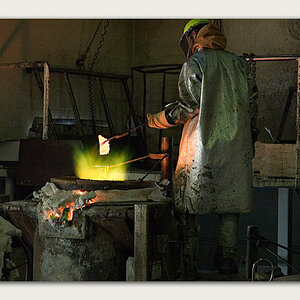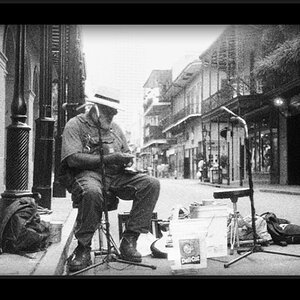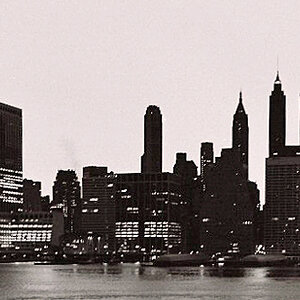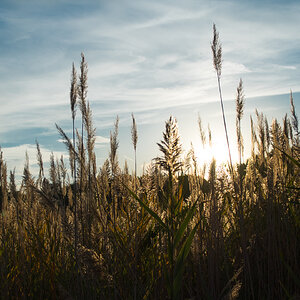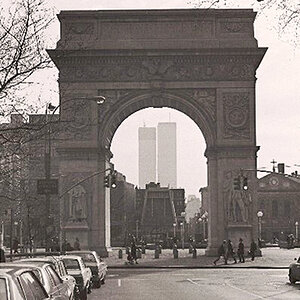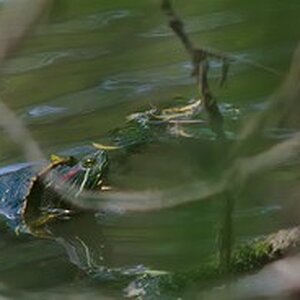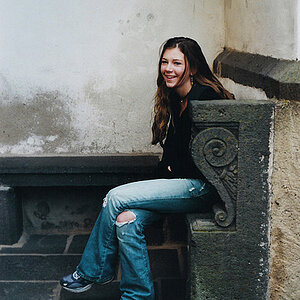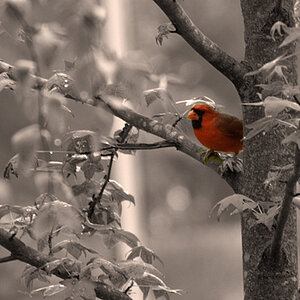gryffinwings
No longer a newbie, moving up!
- Joined
- Apr 28, 2012
- Messages
- 553
- Reaction score
- 48
- Location
- San Diego, CA
- Can others edit my Photos
- Photos NOT OK to edit
Hi guys, I am in the process of figuring out what camera and lens I want to get. I'm wanting something that is good at a bit of everything, landscape, street photography, photographing my kid, and maybe some wildlife photography.
My current thought is that it's the perfect time to convert to another brand as not much in my current kit carries over if I were to go with the Nikon Z system.
My current camera is a Nikon D7100 with the Nikkor 16-85mm and Nikkor 80-200mm f2.8D (which needs an in camera focus motor).
Since my budget is approximately 3K, and not much over, I am currently looking at getting Canon EOS R6 and the Canon RF 24-105mm f4 L. I'm also considering just getting EF glass with an adapter to get more for my money, but I am unsure what I should do.
Appreciate any recommendations.
My current thought is that it's the perfect time to convert to another brand as not much in my current kit carries over if I were to go with the Nikon Z system.
My current camera is a Nikon D7100 with the Nikkor 16-85mm and Nikkor 80-200mm f2.8D (which needs an in camera focus motor).
Since my budget is approximately 3K, and not much over, I am currently looking at getting Canon EOS R6 and the Canon RF 24-105mm f4 L. I'm also considering just getting EF glass with an adapter to get more for my money, but I am unsure what I should do.
Appreciate any recommendations.


![[No title]](/data/xfmg/thumbnail/32/32806-e16129723fd659a65a21d27ec96c2637.jpg?1619735667)
